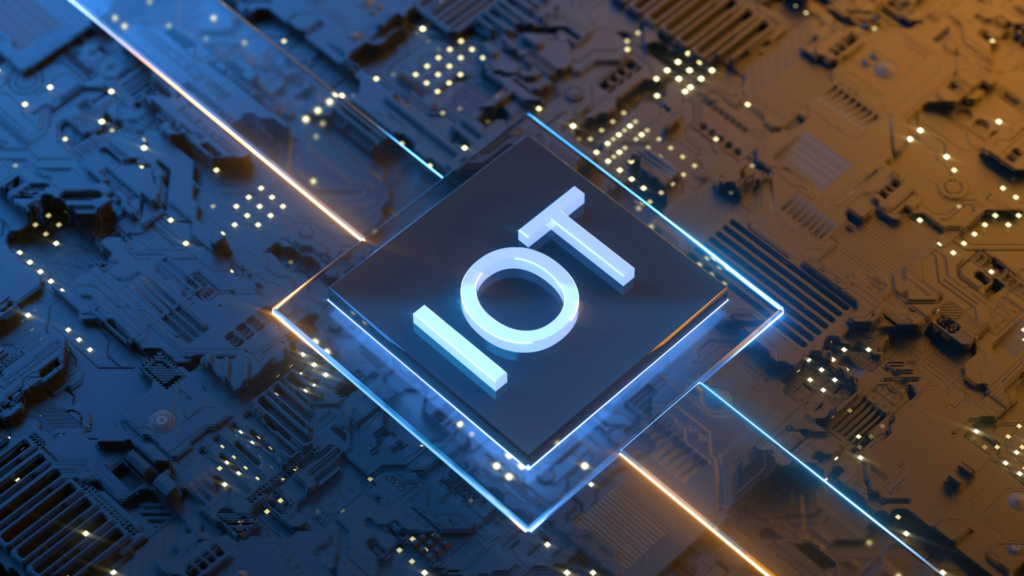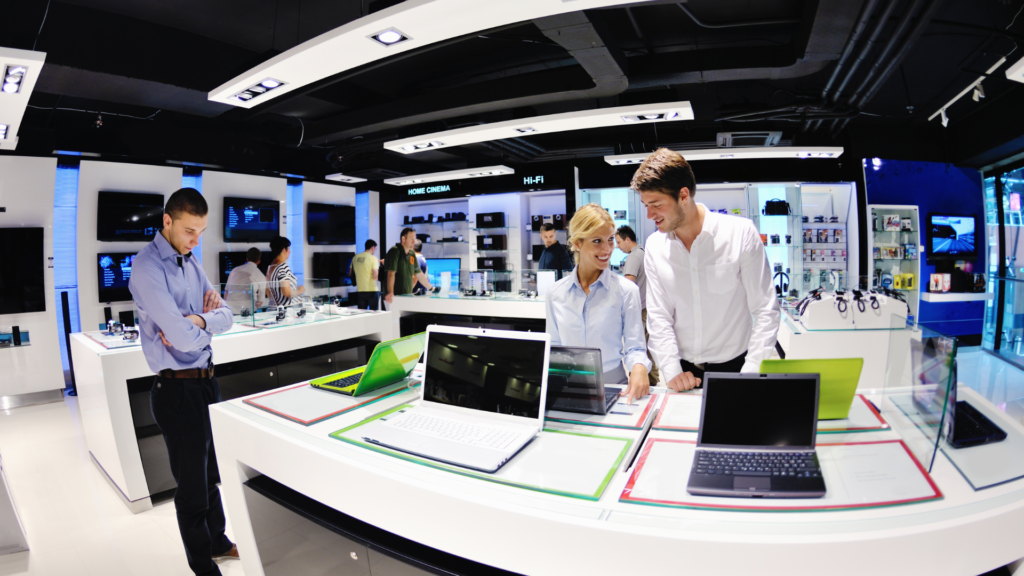The rise of smart technology has reshaped the way we interact with everyday devices, and at the heart of this transformation lies the Internet of Things (IoT). This concept refers to a network of interconnected devices that communicate and exchange data without human intervention. In the realm of consumer electronics, IoT has enabled refrigerators to suggest recipes, televisions to stream personalized content, and wearable devices to monitor health in real time. What was once science fiction has now become a normal part of daily life, redefining convenience, connectivity, and efficiency.
Understanding IoT in Consumer Electronics
IoT integrates sensors, software, and connectivity into devices, enabling them to collect and share data over the internet. In consumer electronics, this means gadgets can work together to enhance user experiences. For example, a smart thermostat can adjust home temperatures based on weather forecasts, while a smart speaker can control lighting, appliances, and entertainment systems through voice commands. This interconnectivity creates a seamless, automated environment that adapts to user needs.
Smart Homes and Automation
One of the most visible applications of IoT in consumer electronics is the development of smart homes. Home automation systems integrate multiple devices—such as lighting, security cameras, kitchen appliances, and entertainment systems—into a single, controllable network. Users can manage these systems remotely via smartphones or voice assistants, optimizing comfort and energy efficiency. For instance, smart lighting can adjust brightness according to the time of day, while automated door locks enhance home security without the need for traditional keys.
Wearable Technology
Wearables are a prime example of IoT in action. Smartwatches, fitness trackers, and health-monitoring devices continuously collect data on physical activity, heart rate, sleep patterns, and even blood oxygen levels. This data is analyzed in real time and can be shared with healthcare providers, enabling proactive health management. In addition, wearables can connect to smartphones to receive notifications, control music, or even make contactless payments. This fusion of functionality and mobility has made wearables a must-have in modern consumer electronics.
Entertainment and Media Devices
IoT has revolutionized entertainment by making devices more personalized and interconnected. Smart TVs can recommend shows based on viewing habits, synchronize with streaming services, and connect with other smart devices for immersive home theater experiences. Wireless speakers and audio systems can be controlled via apps or voice commands, while gaming consoles integrate with cloud services for seamless multiplayer experiences. The result is an entertainment ecosystem that adapts to individual preferences.
Kitchen and Household Appliances
In the kitchen, IoT-enabled appliances are transforming cooking and household management. Smart refrigerators can monitor food freshness, create shopping lists, and display recipes. Ovens can be preheated remotely, and dishwashers can schedule cycles for energy efficiency. Even vacuum cleaners have evolved into autonomous robots that map floor plans and clean rooms without supervision. These devices save time, reduce waste, and make household chores more manageable.
Energy Efficiency and Sustainability
IoT plays a significant role in promoting energy conservation. Smart meters monitor energy usage in real time, helping households identify wasteful patterns and reduce consumption. Connected thermostats learn user behaviors and adjust heating or cooling systems accordingly, leading to lower utility bills and reduced environmental impact. In the long run, IoT-driven energy management supports sustainability goals by encouraging eco-friendly living.
Security and Privacy Concerns
While IoT offers numerous benefits, it also introduces potential risks. Devices that collect and transmit personal data can be vulnerable to cyberattacks if not properly secured. Unauthorized access to smart home systems can compromise safety, while leaked health data from wearables can lead to privacy violations. Manufacturers and users alike must implement strong security measures, including encryption, regular software updates, and secure passwords, to protect sensitive information.
The Future of IoT in Consumer Electronics
As technology advances, IoT in consumer electronics will continue to evolve. The integration of artificial intelligence (AI) will enable devices to make smarter decisions based on predictive analytics. 5G connectivity will allow faster, more reliable communication between devices, reducing latency and enabling more complex interactions. The future may see fully autonomous homes where appliances, entertainment, and security systems operate seamlessly without manual input, anticipating user needs before they arise.
Frequently Asked Questions (FAQs)
1. What is IoT in consumer electronics?
A. It refers to everyday devices connected to the internet, enabling them to communicate, share data, and operate intelligently without constant human input.
2. What are examples of IoT devices at home?
A. Smart TVs, refrigerators, thermostats, lighting systems, wearable health trackers, and smart speakers are common examples
3. Is IoT secure?
A. IoT can be secure if devices are properly protected with encryption, updated software, and strong authentication methods.
4. How does IoT improve energy efficiency?
A. By monitoring usage patterns and automating adjustments, IoT devices reduce unnecessary energy consumption and lower utility costs.
5. What is the future of IoT in consumer electronics?
A. The future involves greater integration with AI, faster connectivity through 5G, and more autonomous systems that anticipate user needs.



